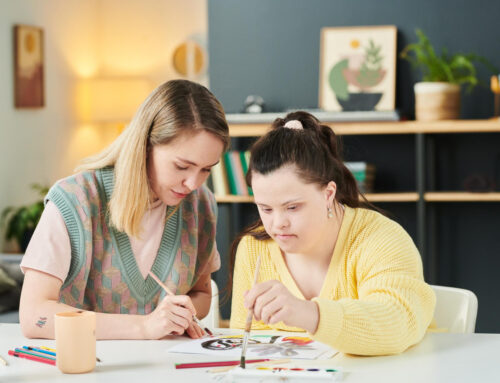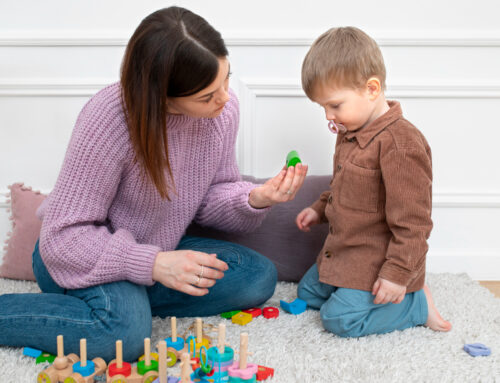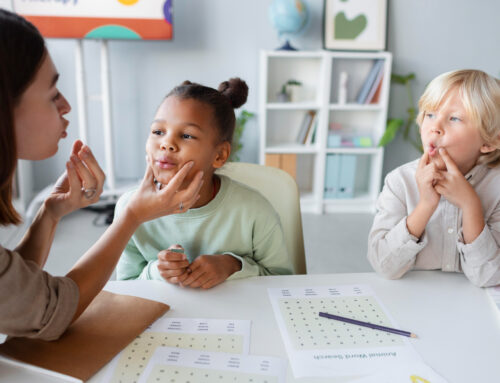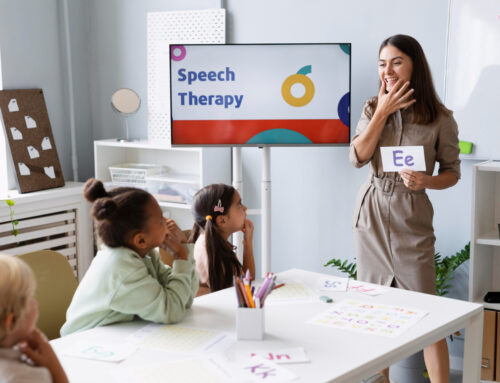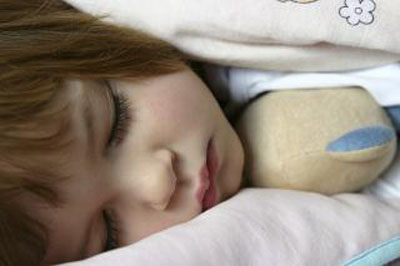
Usually when we think about the type of person who would have a stroke, most of us generally imagine an older adult patient. According to the National Stroke Association (NSA), stroke is still one of the top 10 causes of death in children and those in the first year of life are at the highest risk Impact of Stroke by National Stroke Association. Given that newborns and young children are just in the beginning stages of movement and language, they cannot usually communicate to parents the obvious symptoms as seen in adults. However, according to Dr. Adam Kirton of the Child Neurology Foundation, stroke in children can display some unique signs that parents or other adults can see: weakness on or tendency to use one side of the body, dizziness, trouble with balancing or walking, seizures, headaches, vomiting, sleepiness, and difficulty speaking (Stroke in Children by Children Neurology Foundation).
Post-stroke conditions in children vary depending on what type of damage to the brain each child sustains. Despite the severity, parents will start to see certain abnormalities as their child grows. Examples may include (but are not limited to):
- Gross motor development delays: If the child sustained nerve damage (which is most likely), he or she may have trouble moving certain aspects of their body. Hemiplegia is a common side effect from a stroke, which means that the child to some degree can no longer voluntarily move one side of the body. With time, movement and sensation can return but in some cases it never does. Hemiplegia can drastically delay the child’s ability to learn how to roll, sit up, furniture crawl, stand, and walk.
- Fine motor development delays: If a stroke has impacted the child’s movement and dexterity in their hands, then fine motor skill development becomes a problem. This could change their ability to feed themselves, to color, to pick up a toy, to write, to wipe themselves, to button their clothes, etc.
- Postural issues: If hemiplegia is present, the affected side of the torso will cause their body to go asymmetrical, making it very difficult for the child to sit upright without support. This means that the child could struggle with sitting independently on a toilet, at the dinner table, in a desk at school, etc. Postural alignment can also make it impossible to stand or walk without help if the damage is severe enough.
- Cognitive delays: A stroke can cause an array of cognitive impairments, given the very nature of the condition. When damage occurs to brain tissue, children are looking at all sorts of possible problems: reduced reasoning skills, impulsive behavior, aggression, decreased attention span, and poor judgment/safety awareness to name a few.
- Visual abnormalities: If damage occurs to the visual centers of the brain, then the child could be looking at visual impairments that are more complicated than near/far-sightedness. Visit the following link for specific visual disorders post-stroke: Stroke Survivors by National Stroke Association.
- Speech and language impairments: Finally, stroke can dramatically change a child’s ability to acquire typical speech and language. The following link describes common, aphasic conditions that can occur after stroke: What is stroke? by National Aphasia Association
Young children experiencing post-stroke effects will most likely experience challenges in the functional tasks that matter to them including playing, appropriately interacting with others, eating, dressing, toileting, bathing, and eventually participating in school or community obligations. This is where pediatric occupational therapy comes in:
- Ranging and Therapeutic Exercise: If the child is living with a hemiplegic condition, the muscle tone can go two ways: hyper or hypo. The OT would apply passive and voluntary ranging programs for the affected joints in order to promote or restore voluntary movement and to prevent muscle atrophy/joint breakdown.
- Constraint-Induced Movement Therapy (CIMT): Children are just as stubborn as adults. So, as they learn to move and crawl like their typical peers they will try to compensate for hemiplegia and avoid using the affected side if possible. CIMT is used to teach a child how to use the affected limbs by constraining movement of the other side of the body.
- Fine motor/gross motor activities: Through play activities, the OT can teach the child strategies on how to use affected limbs in play in order to either restore movement of the hemiplegic side or to compensate for loss of movement.
- Activities of Daily Living Training: The OT can run the child through the necessary daily tasks including toileting, dressing, showering, and eating but with a twist. The therapist would assess the child’s abilities to complete these tasks with post-stroke conditions, and then apply compensatory techniques for the child to use in order to successfully complete those tasks by themselves.
- Splinting/Bracing: Depending on the results of evaluations, the child may benefit from the use of a splint or brace program in order to protect affected muscles and joints, to enhance functional movement, or to prevent muscle atrophy and skin breakdown.
- Cognitive Retraining: To an extent, OT can provide techniques for cognitive conditions in order for the child to succeed at their desired tasks such as school, playing with friends, etc. In some cases, speech therapy might come into play for consultation or co-treatment.

